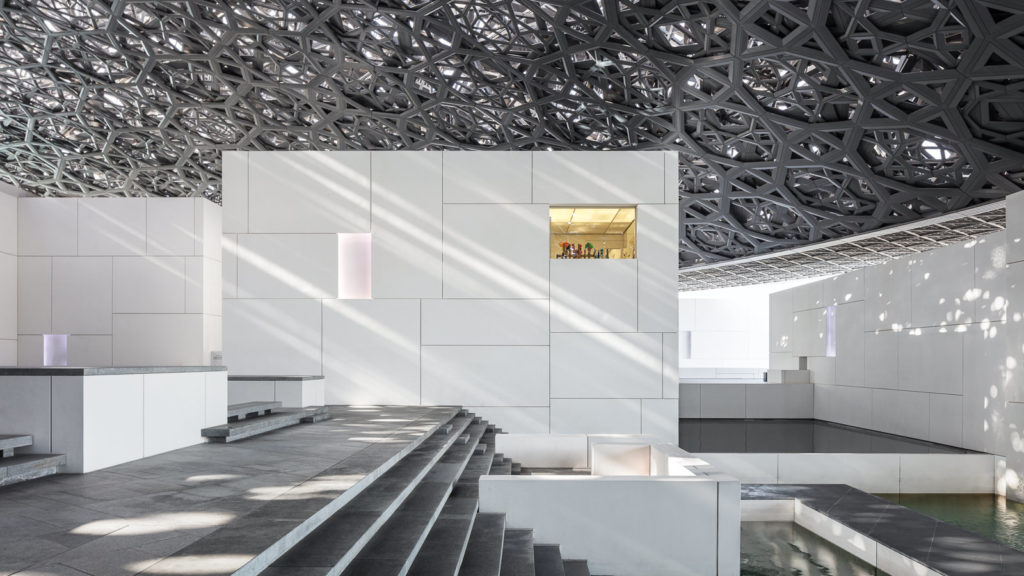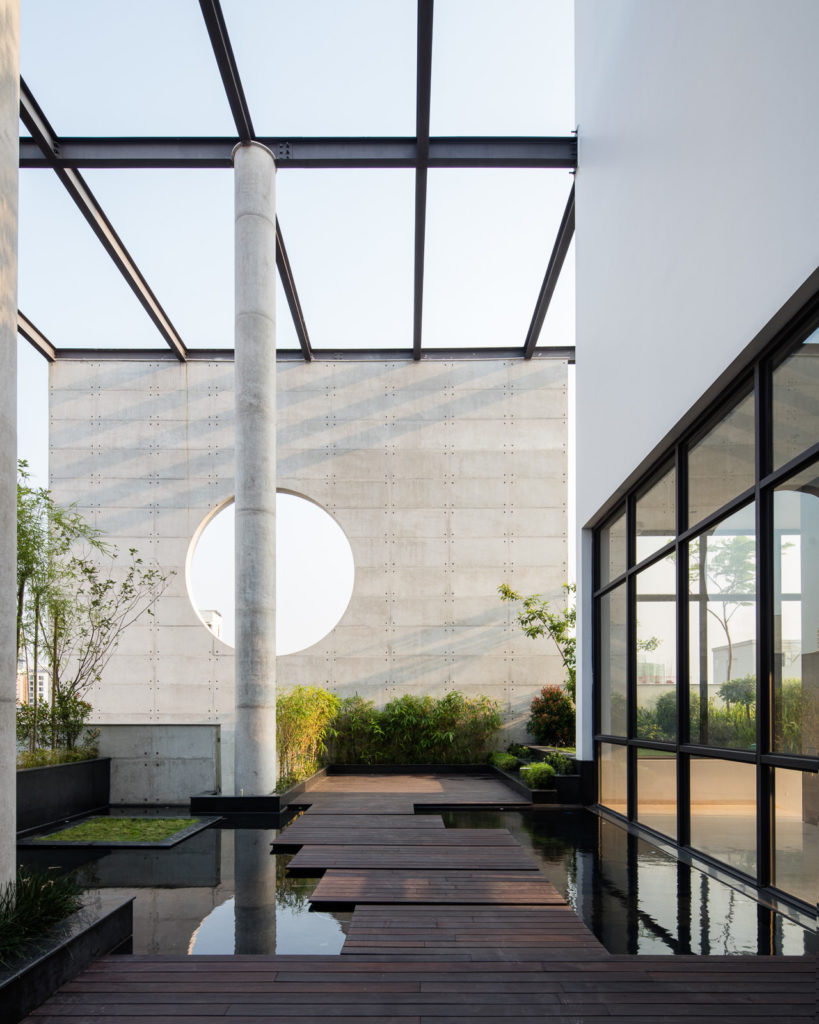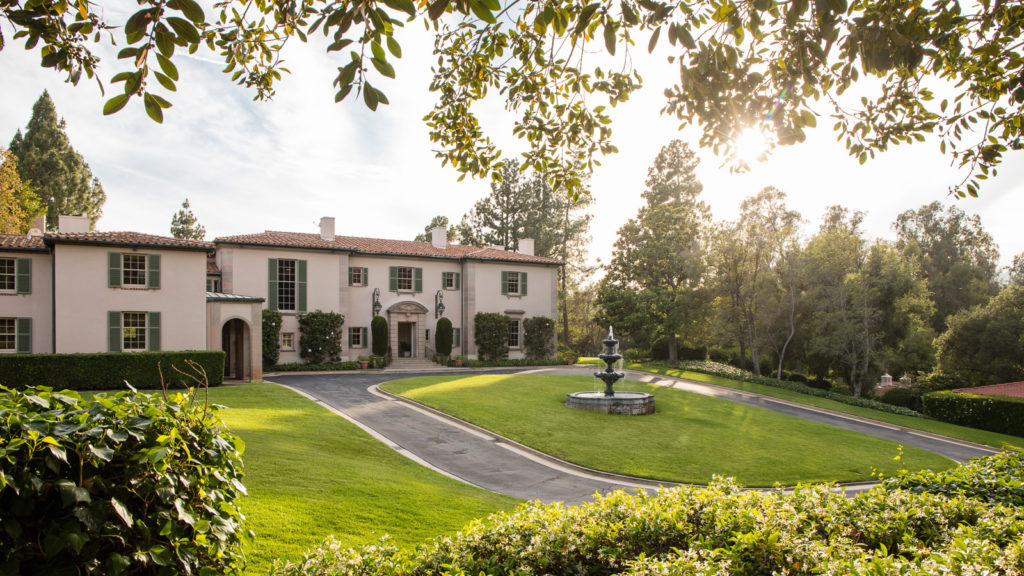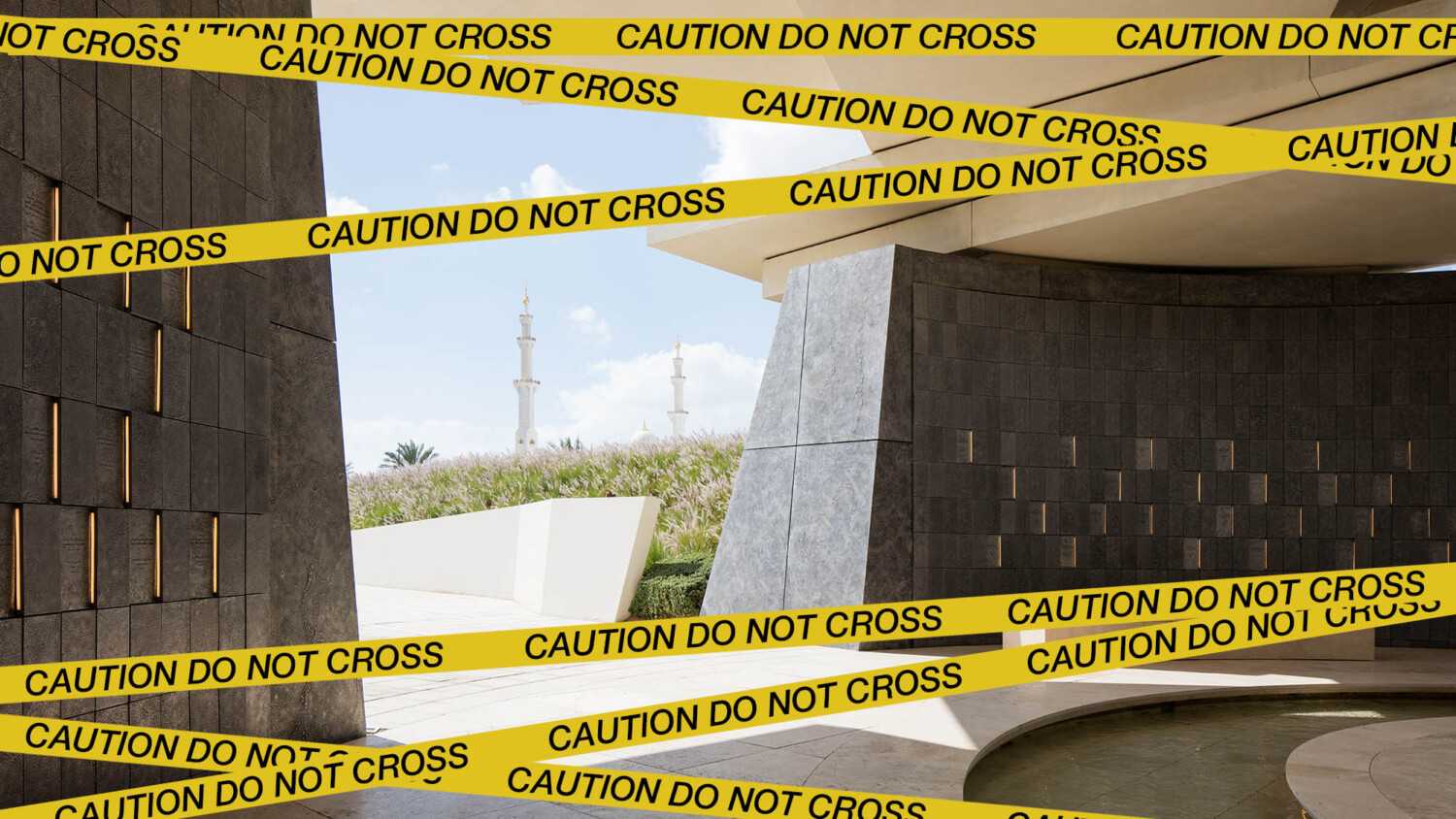Without Clear Boundaries, You Will Not Be a Successful Photographer
Your phone rings while you’re on a shoot. Do you answer? Someone re-posts an image of yours on Instagram without permission. Do you tell them to take it down?
An interior designer wants to use an image for a magazine advertorial piece, and wants to know if you can just help her out this once, even though the contract expressly forbids that usage type. What do you do? Your client just sends your pictures on over to some subcontractors without consulting you (or telling the subs to pay you). How do you respond? Someone asks for a discount under the pretense of “lots of future work” coming your way if you say yes. And around and around we go.
These requests are seemingly endless and a source of frustration for every working photographer in an evolving industry that changes every year. Part of the reason I am writing the post is almost as a self-vent slash rant, because it is incredibly challenging to set boundaries and consistently stick to them. For some reason you may almost feel like you are the bad guy for sticking up for yourself – never mind the fact that you’re actually the one being taken advantage of. I know that sometimes I feel like I’m being gaslighted just for sticking up for myself! My aim with this article is to share some of the boundaries I have set, which may help you set boundaries for your own business that will make your life less stressful and your business more profitable.

Setting Boundaries With Prospective Clients
From first contact, I’m making sure to establish boundaries that must be respected if you want work with me.
- I send a clearly-defined rate sheet which outlines my prices, terms, and turnaround – no wiggle room for negotiation. The price is the price.
- If your email says “Interested in hiring you to shoot this week please call 867-5309 to discuss,” I’m probably not going to call you. If someone can’t spend sixty seconds to introduce themselves and tell me a little bit about their project, how are we going to collaborate for an entire day to make great pictures?
- Attached to the rate sheet is a terms and conditions page, which outlines licensing, client representation on set, payment guidelines, and more. Boundaries are immediately set in writing.
- There is no phone number anywhere in my email or rate sheet. This is a personal thing, but it creates massive anxiety for me when my phone is ringing and I’m trying to be present and engaged for my current client. With the rising prevalence of people calling more than once if they don’t get you on the first ring, it sends my blood pressure through the roof. I react to this the same way many people react to open-mouth chewing.
- In order to reserve a date, 50% of the photography fee must be paid in advance for first time clients. The most basic form of respect is respecting people’s time; and I’ve had many, many situations where we’ve “agreed” on a shoot date only to, at the last minute, find out that the electric isn’t turned on, the landscaping isn’t ready, or whatever else. That’s a day of income I just lost because you couldn’t get the house done in time. I get that everyone’s in a rush and construction timelines are what they are, so I don’t charge a re-scheduling fee – but I have the deposit in my pocket as insurance against a total cancel.
- A lack of planning on your part does not constitute an emergency on my part; rush fees are hefty for a reason. I actively try to avoid rushing jobs and will attempt to discourage it because the pictures in some way or another are always subpar, because, well, we’re rushing. More on that here.

Setting Boundaries With Other Photographers
- I won’t answer “how do I” questions via email. I’ll give you some ideas, but I won’t do your homework. I learned by getting out there and doing, rather than emailing other photographers looking for shortcut answers.
- I won’t answer emails from photographers with business questions privately, I’d rather put it here on APA where everyone can benefit. A rising tide lifts all boats. There’s enough misinformation and photographers practicing poor business ethics out there already, so let’s try to share the good stuff rather than keep it hidden.
- I simply delete critical comments on my social media, I have neither the mental fortitude nor time to deal with negative comments from people who weren’t on location and don’t know the circumstances involved with particular shoots
- I don’t allow people to tag on shoots “for free” or “to shadow”. We’re there to work, not explain to you (in front of a paying client) why I’m putting the camera where I am. I’d rather have a dependable paid assistant.
Setting Boundaries with Image Licensing and Usage Requests
- This is a big one. If someone has stolen my images and is using them commercially, there is no amnesty. They didn’t have the decency to try and track down the photographer, so they will hear from my lawyer quickly if they don’t immediately fess up and pay for a license (with penalties).
- I don’t allow uncredited instagram posts of my work; I immediately initiate an instagram takedown. Read more about my instagram policies here.
- I immediately make it clear when asked that there is a price for almost all usage. People want our images to grow their businesses… Ergo, they can pay a fee for that commercial usage. When asked questions that carry an implication that I’m supposed to give them images, a simple “let me know how many photos you’d like to purchase” is the go-to response.
- Making sure your contract (you are getting a contract to all your clients, right?) stipulates that any third party usage requires a fee and must be run through you.

Setting Boundaries… On Set
- “Can you just get a picture of this?” Is answered with: “Yes, are you okay with the extra expense?” Which is outlined in the rate sheet.
- Meal times are clearly defined and I try to get food ordered an hour before – hanger makes everyone more miserable, avoid at all costs!
- “Can you just photoshop that?” Is answered with “before I say yes, I have to take a look at the file, so let’s try to get it right on location instead of at the computer.” It’s amazing how quickly bleach, a broom, a ladder, or a sponge appears when you don’t say yes to every photoshop request.

Setting Boundaries with Yourself
It’s not only important to set boundaries with clients, but also with yourself. This is the one I struggle most with because as a business owner, I feel like I’m always turned on and not in the way that immediately suggests. If an email comes through when I’m trying to watch a show with my girlfriend after dinner, the immediate temptation is to look at it or answer it. If a client tries to call at 9pm, the temptation is there to answer it. But once you open up that door, expect to have that boundary crossed again and again. Goodbye weekends and low-key date nights!
Here are my own boundaries that I try, keyword try, to adhere to.
- No weekend emails. I need time to be ‘off’ and attempt to be present.
- One day a week for working on APA! No client calls, no friend appointments, no running errands – just an APA day. For you, this could be a personal development or pet project day, but I think it’s necessary for creative and financial growth.
- I will not work with anyone who doesn’t respect a boundary when it has been clearly established. I don’t care if it’s photographing homes, selling a license, or a print: if you repeatedly try to walk all over boundaries such as calling me multiple times in a row at dinner time, give pictures to subcontractors, demand we shoot longer or more pictures than contractually obligated, I’m out. I understand that as a self-employed photographer, one needs to have a thick skin, but not at the expense of my own sanity.
- No goddamn instagram on the weekend. That app is horrible for my mental health, so I take a break on weekends.
- I don’t work with people who try to negotiate with me right off the bat without an established working relationship. The price is the price and the price is what it costs for me to do my best work. I’ve discussed my pricing and negotiation policies previously which can be found here.
Like I said – this is SO hard to do, and I’m not perfect, but as my career matures I’m getting better and better at dealing with the challenges that come along with it. I’ve also found that as a result of setting these boundaries up front, the amount of jobs that end up being a colossal nightmare has hit almost zero year-on-year. And surprise! Every job that goes to hell-in-a-handbasket is a result of me not setting clear boundaries and adhering to them. At the beginning of my career – there were so many more situations that were absolute hell to deal with because I didn’t know how to set boundaries. As a result, my clients know exactly what they’re getting, I know what I’m delivering, and life on the whole is much easier.

Bottom Line
After ten years, I am starting to understand why the “high maintenance artist” stereotype exists – it’s not because successful artists/photographers are difficult to work with, it’s because they have clearly defined boundaries which are constantly challenged by people looking to take advantage of them.
At the end of the day, we want to be liked. We want to please our clients, and we don’t want them to be mad at us. For these reasons it is easy for us to bend or forget our boundaries, but the result is we are often full of regret and/or we feel taken advantage of. You’re mad at yourself for agreeing to the request and mad at the client for asking in the first place. This can wreck your whole week – ask me how I know – and all the energy you spend thinking about it creates frustration which impedes your productivity and thus, your success. In essence, you’ve put the wishes of others in front of your own dreams and aspirations.
But you know what? When I stick up for myself and what I know is right for my business and my own path to success, I have never in hindsight regretted it. I look back and know the value of the images I have created and how they have helped sell millions (maybe at this point billions!) of dollars of furniture, homes, services, advertisements, you name it. And I don’t feel one bit bad for creating the boundaries that have helped me remain successful.
I’d love to hear what boundaries you have set that have helped you grow in both your career as a photographer and in your personal life.
